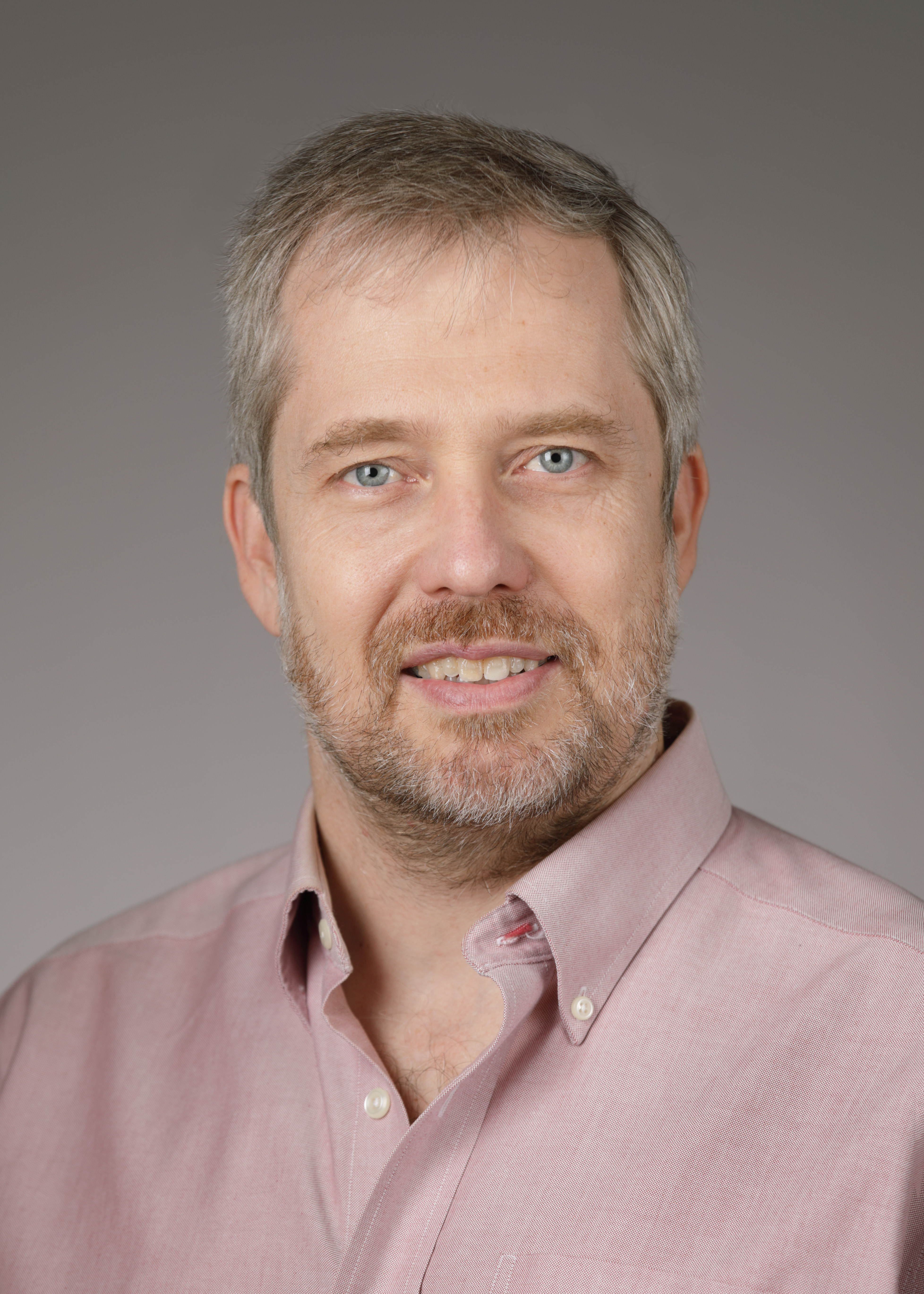
SCSB Colloquium Series: What’s in a Face Patch?
Description
Wednesday, February 27, 2019
Time: 4:00 pm-5:00 pm, followed by reception
Speaker: David Leopold, Ph.D.
Affiliation: Senior Investigator, NIMH; Laboratory of Neuropsychology, NIMH
Host: Mriganka Sur, Ph.D., FRS
Talk title: What’s in a Face Patch?
Abstract: Our laboratory has been investigating the electrophysiological activity of neural populations within fMRI-identified face patches in the monkey. The use of longitudinal microwire recordings permitted us to track the response profiles of single neurons over extended periods of time. As a consequence, we have been able to characterize the responses of individual cells to a wide range of visual stimuli and paradigms in multiple temporal cortex face patches. In my talk, I will focus on one finding that is shared among three spatially disparate face patches (AF, AM, ML), namely that the average face plays a central role in the basic tuning of neurons. I will demonstrate the temporal dynamics of this phenomenon over time scales ranging from milliseconds to months, speculate on a potential circuit mechanism, show its resistance to plasticity in the adult, and discuss its bearing on norm-based theories of human face recognition. Next, I will then show that the same neural populations, when faced with a different visual paradigm appear to undertake a very different type of feature analysis. I will make the case that theories of visual processing based on a narrow range of stimuli or testing paradigms are apt to be inherently fragile and contextual. Finally, I will briefly describe a method using fMRI in combination with single unit recording, which allows for a characterization of visually driven cell activity in a way that need not make reference to stimulus features.

